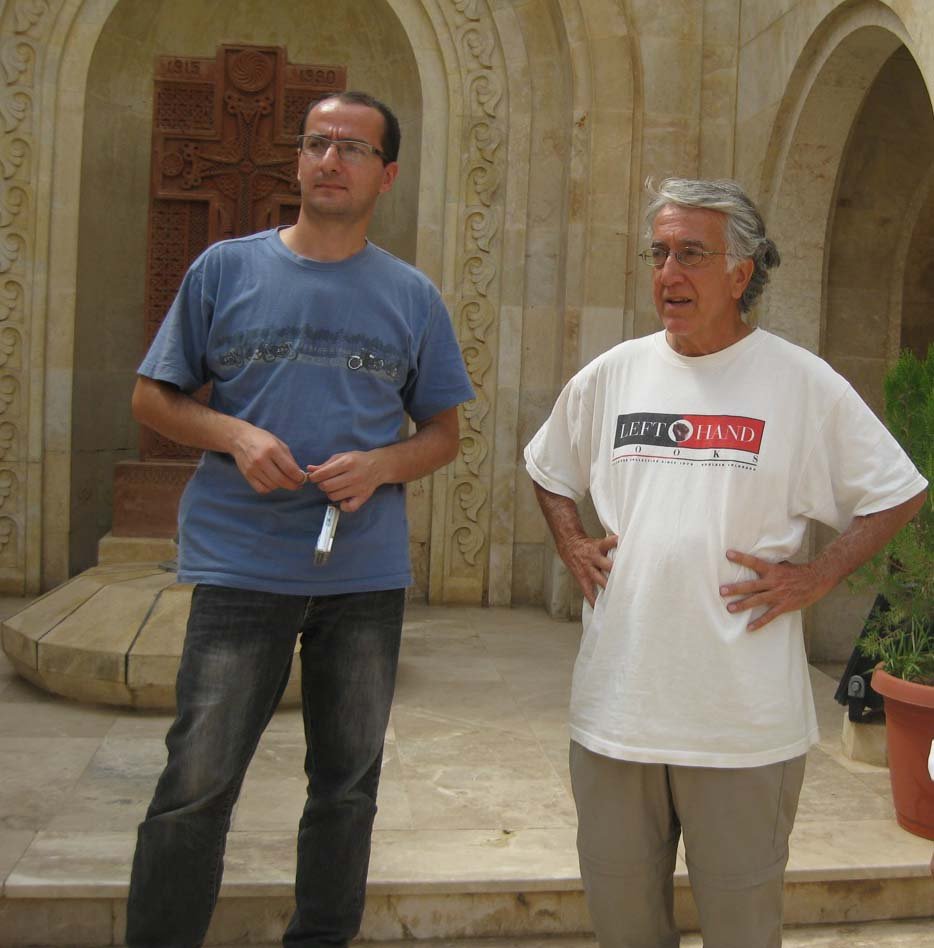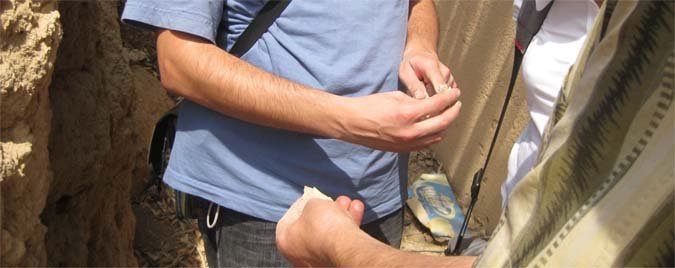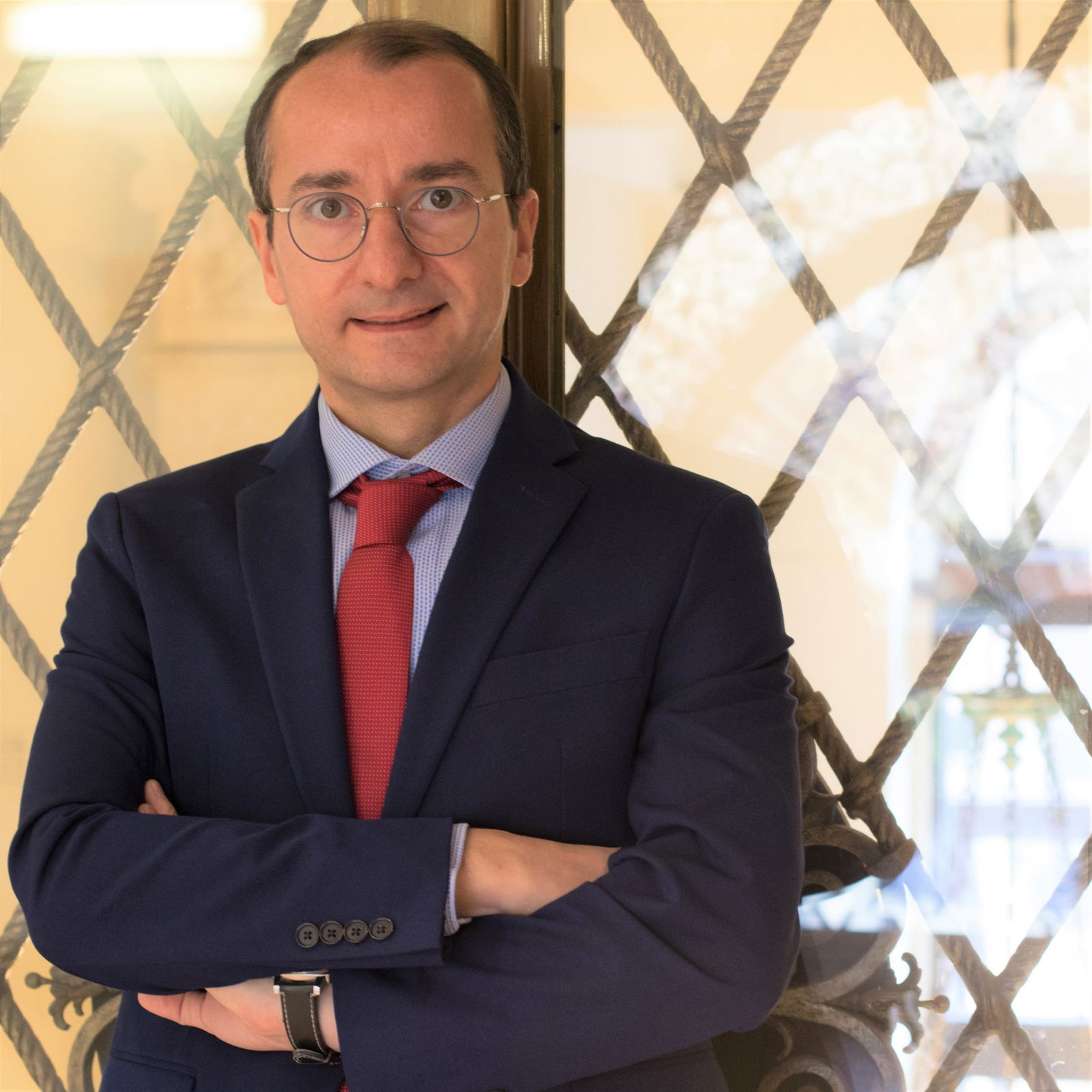Field Notes on Democracy: Listening to Grasshoppers is a collection of essays by Arundhati Roy recently published by Haymarket Books. The title of the book may resonate with those who closely follow Roy’s writings and are aware of the “grasshopper story.” For me, that title is a book in itself—one that recounts the formidable journey of a woman in the hearts and minds of many.

And the woman I am referring to is not Arundhati Roy.
I became part of that journey in early 2004, when, as a journalist in an Armenian daily newspaper published in Beirut, I interviewed David Barsamian, the founder and director of Alternative Radio.
Talking about his family’s fate during the Armenian Genocide committed by the Ottoman Turks in 1915, Barsamian said, “My mother lost 22 out of 25 members in her family. The situation was not very different on my father’s side. Three of my four grandparents were murdered. My parents were thrown out from our ancestral homes in Anatolia (my mother was from a village near Dikranagerd and my father from one near Kharpert) and found themselves in New York in 1921. The culture was completely different. It was very difficult. My parents couldn’t speak English. They were poor. I was born in New York, so I was not traumatized directly in the way that they were. My parents were kyughatsis (villagers). They were uneducated like most of our people in the rural areas. So they didn’t know what had happened to them. I wanted to know and understand. How did we end up in New York? What happened to my grandparents? Why were they killed? Why were the Turks so savage to our people? But they couldn’t give me any answers. They literally didn’t know the answers themselves. One day they were living fairly normal lives and the next day this genocidal attack came upon them. So I had these questions while growing up as a child in New York and hearing about yergir (homeland). Yergir was some kind of magical place. When I heard the old timers talking about their villages it sounded like heaven. They had all kinds of wonderful fruits, vegetables, the water was so pure, etc. I knew instinctively that it was exaggerated. Understandably, they wanted to keep the memory of the good things alive. Throughout those years, I felt a certain distance from reality. I was the product of two cultures. I am speaking Armenian at home going to Armenian Church and Armenian school, but also becoming thoroughly Americanized.”
David recorded his mother’s survival testimony years later. In 2005, he visited Lebanon and during one of his lectures, shared that testimony with members of the audience.
I learned her name: Araxie.
***
On Jan. 19, 2007, a Turkish extremist killed prominent Turkish-Armenian journalist Hrant Dink in front of his newspaper offices in Istanbul. Dink had become a target after lawsuits accused him of “insulting Turkishness”—after speaking out about the Armenian Genocide and other taboos in Turkey. And, sure enough, someone finally pulled the trigger.
On the first anniversary of Dink’s murder, Roy was invited to speak about him at the Bosphorus University in Istanbul. She accepted the invitation. In an interview I conducted with her shortly after her trip to Istanbul, Roy explained, “David happened to be in India just before I went to Turkey and we talked about the issue. It mattered to me that I knew him. I’m not saying that if I didn’t know him I wouldn’t have spoken, but it suddenly became something that was more personal.”
Roy’s Istanbul lecture was titled “Listening to Grasshoppers: Genocide, Denial, and Celebration.”
She began, “I never met Hrant Dink, a misfortune that will be mine for time to come. From what I know of him, of what he wrote, what he said and did, how he lived his life, I know that had I been here in Istanbul a year ago I would have been among the one hundred thousand people who walked with his coffin in dead silence through the wintry streets of this city, with banners saying, ‘We are all Armenians,’ ’We are all Hrant Dink.’ Perhaps I’d have carried the one that said, ‘One and a half million plus one’ [the number of Armenians who were systematically murdered during the genocide in 1915. The Armenians, the largest Christian minority living under Islamic Turkic rule in the area, had lived in Anatolia for more than 2,500 years.]
She continued, “I wonder what thoughts would have gone through my head as I walked beside his coffin. Maybe I would have heard a reprise of the voice of Araxie Barsamian, mother of my friend David Barsamian, telling the story of what happened to her and her family. She was 10 years old in 1915. She remembered the swarms of grasshoppers that arrived in her village, Dubne, which was north of the historic city Dikranagerd, now Diyarbakir. The village elders were alarmed, she said, because they knew in their bones that the grasshoppers were a bad omen. They were right: The end came in a few months when the wheat in the fields was ready for harvesting.”
Reading Roy’s words, I thought that Araxie had finally returned to her ancestral lands, after having been deported and the majority of her family killed. An intellectual and activist from India had brought her back with her words.
***

In September 2009, I invited a few friends, including David, to accompany me on a pilgrimage to Der Zor. Located in modern-day Syria, the deserts of Der Zor were the destination of hundreds of thousands of Armenian deportees who were brutally massacred in 1916. In the minds of Armenians, Der Zor is synonymous with their people’s destruction.
We visited the genocide memorial in Der Zor and then headed to a nearby village that was, more than 90 years ago, one of the sites of the mass murder of Armenians.
Sitting in the middle of a village was a large mound of earth that did not know how to hide secrets. Each time we scratched a little at the soil, pieces of human bones emerged.
And I thought about the family my grandparents had lost during the genocide. I might have been holding fractured bones of one of them.
I looked at David through the haze in my eyes. I knew too well who he was thinking of.



FYI, the most recent name of Dubne/Dibni is Doger. It’s location is 38 degrees 21 minutes north latitude and 40 degrees 13 minutes east longitude. This is approximately 30 miles north of Diyarbakir.
Deir-ez-Zor is the definite proof of the mass murder of innocent Armenians by the hundreds of thousands! And the Turks still deny it …!?
I would like to hear more about the pilgrimage to Der Zor…
A German historian from my town, Konstanz, ended up for about 3 years in a prison in Diyarbakir. He had been leading tourists and mentioned the fate of the Armenians when showing ruins of a church. Someone overheard and had him arrested. It took years of negotiations to free him. Late 80s, as I remember.
Did not know, not surprised
My Aunties were the first ones to tell me we went back to 10th Century Armenian Christian. Mentioning that even at parochial Gen. Academic schools got racist remarks! I learned my Great Grandfathers first name was Armenian: Arcene, who I knew through age 8. Dad somehow knew we had some Kurd in us too, they wouldn’t let my Aunties discover that at their Catholic Boarding School😉 We went from Ricard to Richard in 17th century Quebec. I could go on about other ancestors, but don’t wish to bore.